Why This Lesser Known Latin American Destination Is Attracting Digital Nomads
7 min readLast Updated 6 months ago
Latin America is one of the most sought-after spots by digital nomads globally.
A subcontinent widely celebrated for its warm culture, welcoming atmosphere, and affordable living, it continues to attract long-term visitors looking to add a bit of spice to their lives.
While nomad communities have historically concentrated in the Mexican Caribbean, the Colombian coast, or the glitzy coastal city of Rio, this lesser-known paradisaical spot in Southern Brazil, which boasts one of the highest living standards in LatAm, had been largely ignored.
That is, up until now:
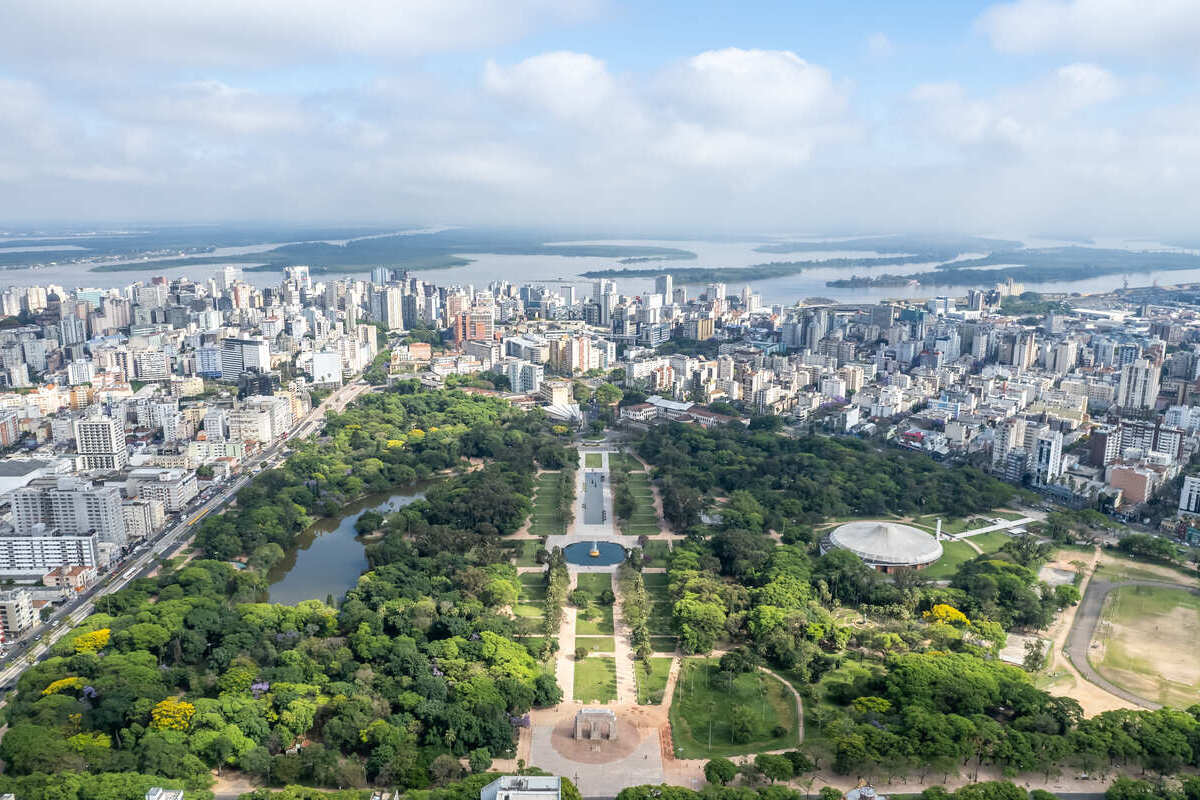

Why Southern Brazil Is Becoming More Popular With Nomads
Southern Brazil is not hugely popular for either vacationers or remote workers alike.
In fact, Brazil as a whole remains an incredibly underrated destination: though Rio has been a world-famous city break for decades now, the wider country and its hidden gems of Minas Gerais and Goias, or the stunning Northeastern Coast, have somehow flown under the radar.
This includes Southern Brazil as well.
It belongs to the historic ‘Gaucho’ heartland, a cross-border region shared by both Brazil and Argentina that was populated by Northwestern Europeans, particularly Germanic peoples, in the late 19th and early 20th century.
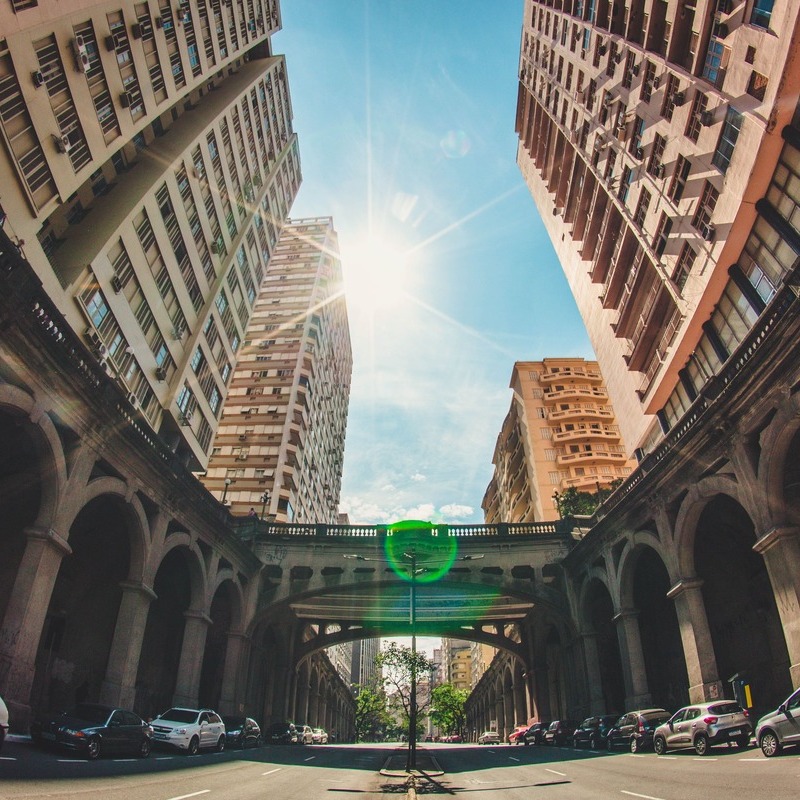

Southern Brazil is distinct for its German roots, with a large proportion of the population claiming German ancestry and a number of small towns and villages being conversational not only in Portuguese, the official language of Brazil, but also German dialects.
One of the most traditional Southern cities of Brazil, as well as one of its richest by GDP per capita, is Porto Alegre.
The capital of the Rio Grande do Sul state, it is drawing in a growing number of remote workers, and it seems to be the preferred destination by Brazilian nomads themselves, while most foreigners continue to insist on crime-ridden, chaotic Rio.
This Is Why Porto Alegre Is Rising In Popularity
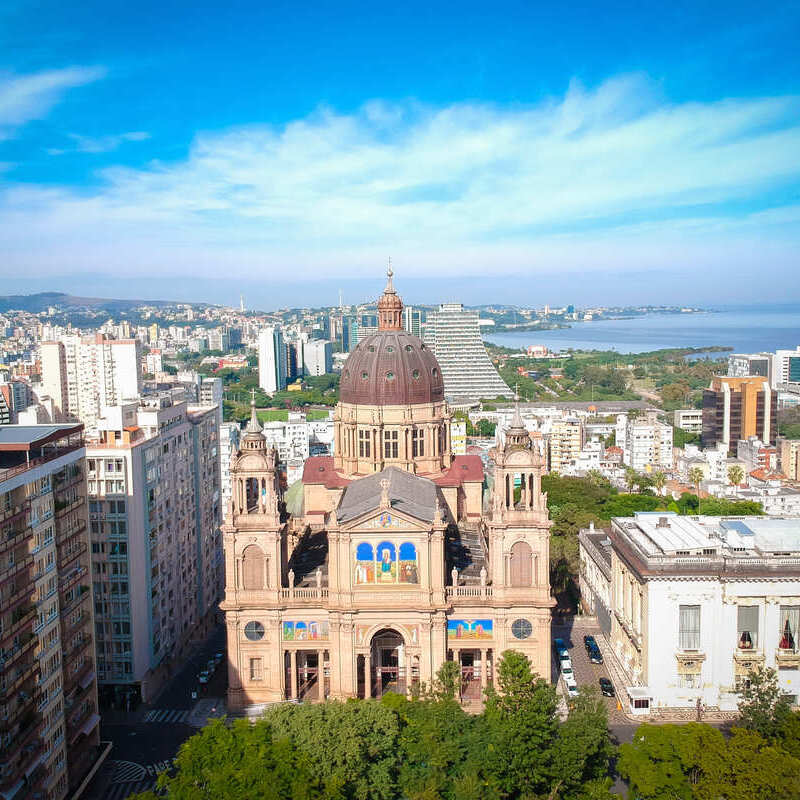

The reason why Porto Alegre is so trendy is because it stands among Brazil’s best-developed cities.
If you have been to any major Brazilian city outside the Rio-Sao Paulo belt, you know that infrastructure is not one of the country’s fortes.
Most state capitals lack an underground system or even organized bus routes, and getting around without Ubers can be tricky.
In Porto Alegre, transportation modes are on a whole other level compared to its counterparts. It is served by several rapid transit systems, such as a monorail, connecting the airport to a metro service that is 27 miles long, and extensive bus lanes reaching all main districts.
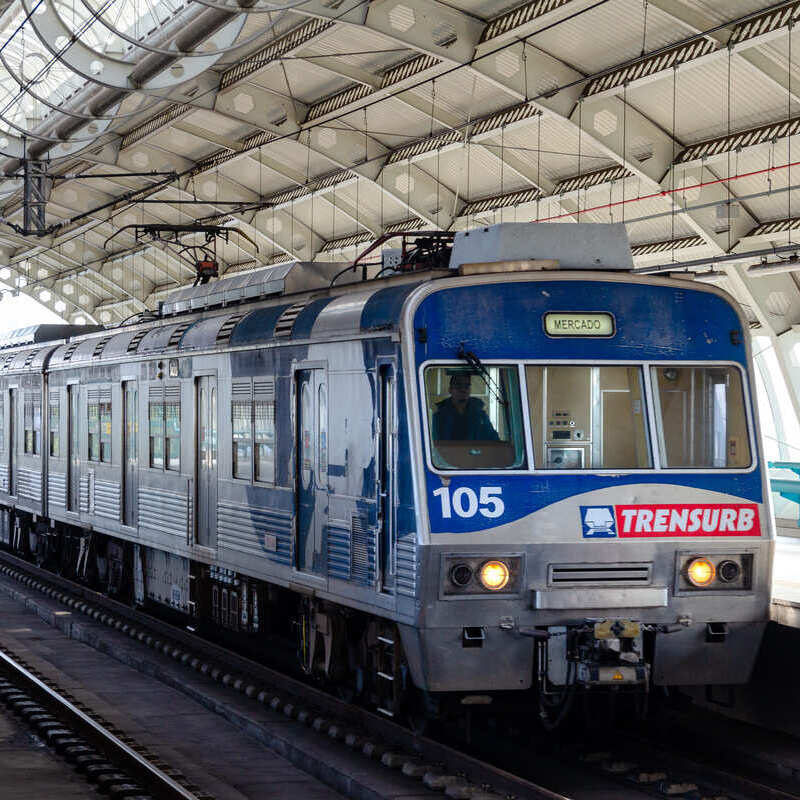

When choosing a new home, even if temporarily, transportation and accessibility is a defining factor nomads normally take into consideration, as a majority of them is conscious of budget, and taking taxis on the daily is often not the cheapest way to travel.
Fortunately for them, Porto Alegre is a lot more commuter-friendly than the average Brazilian city.
Porto Alegre Is One Of Brazil’s Cultural Capitals
Additionally, Porto Alegre is a seriously underrated cultural destination.
Like much of Brazil, it is a melting pot of cultures, having been settled not only by the Germans, who emigrated to these parts in droves, but also by the Portuguese (especially Azoreans), Poles, Eastern European Jews, and even the Lebanese.
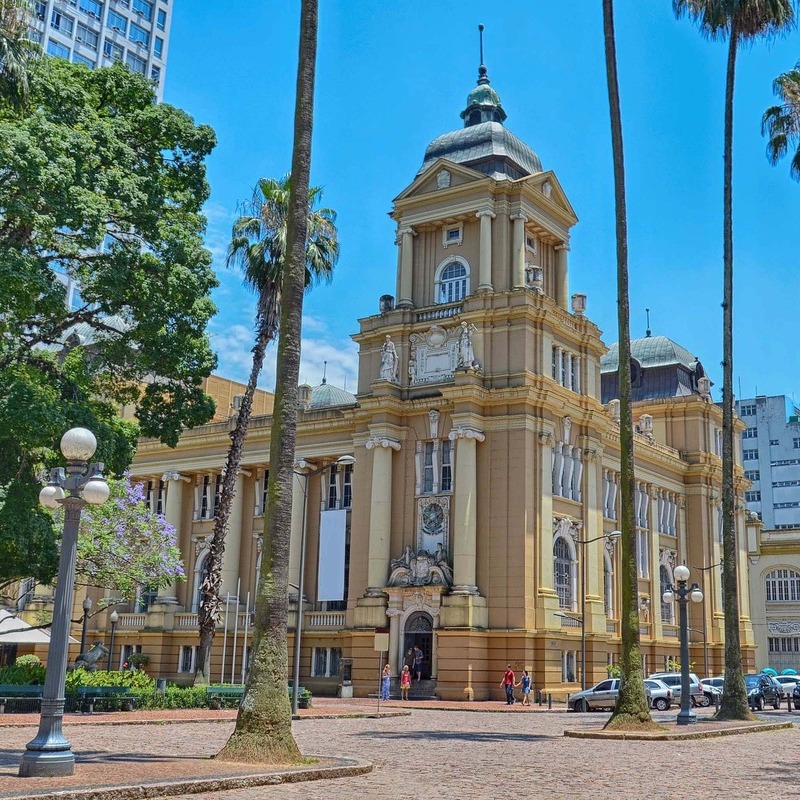

This amalgamation can still be seen around the city’s historic quarter and its many heritage European-style buildings, evocative of Imperial Brazil.
Some, like Joaquim Felizardo Museum, an archaeological collection housed in a colonial house, are as old as 1845.
The Rio Grande do Sul Museum of Art (MARGS) is yet another example of German city-building, having been designed by renowned German-born, naturalized-Brazilian architect Theo Wiederspahn in an eclectic style.
Accessible via a long stone staircase, the 19th-century Nossa Senhora das Dores Basilica is not to be missed, either, with its twin spires and richly-decorated interior.
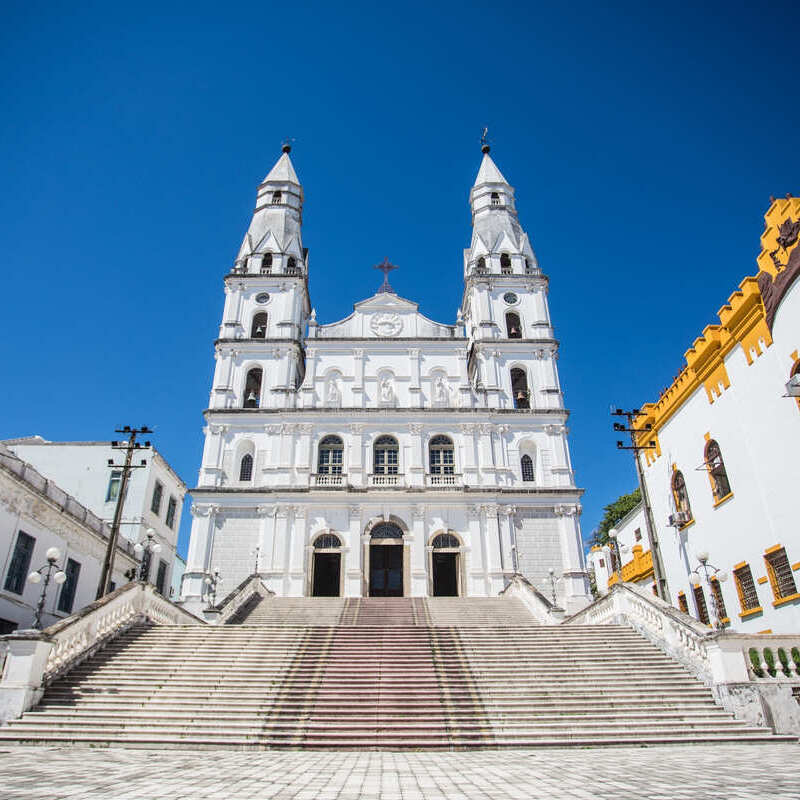

Other than admiring the colonial architecture in the Old Town, nomads have easy access to a number of green spaces when in need of escaping the hustle and bustle of the 1.5 million-strong metropolis.
The Parcao (officially Parque Moinhos de Vento) is an idyllic oasis surrounded by greenery and distinct for its landmark, slow-turning windmill, while Farroupilha Park features Japanese-style temples and picturesque ponds.
Stunning Nature
Porto Alegre is also bordered by the Guaiba Lake, naturally separated from the Atlantic Ocean by a narrow spit.
As a result, there are a number of sandy, freshwater beaches within commuting distance of the Downtown Area.
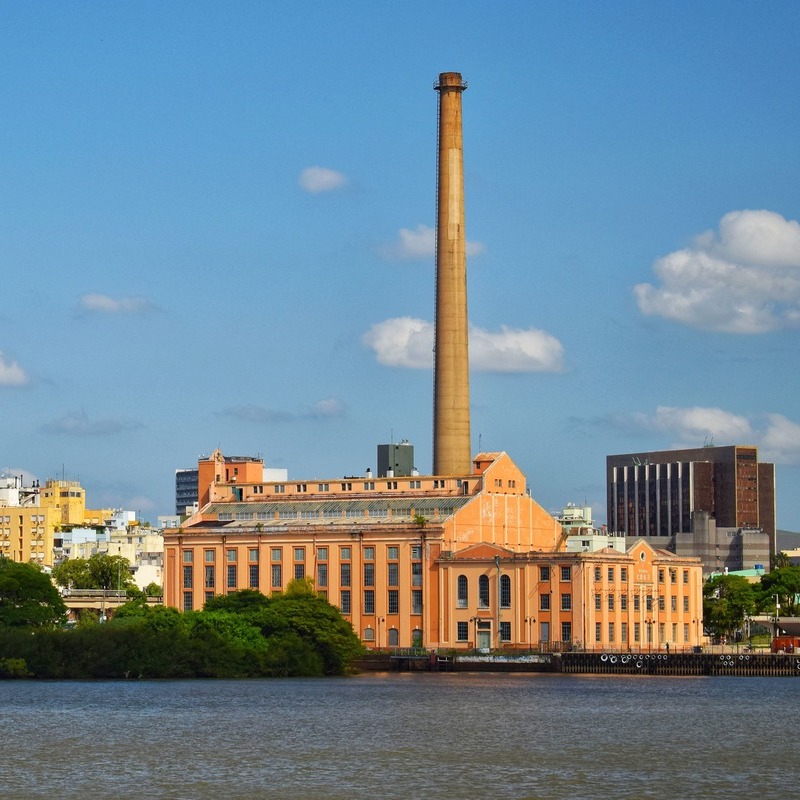

Some of the prettiest and best-frequented spots are Praias de Belem Novo, Praias do Lami, and Praia de Ipanema (not to be mistaken for Rio’s iconic Ipanema stretch).
Hoping to catch those oceanic vibes? Worry not: though the state capital itself does not straddle the oceanfront, some of Brazil’s most pristine Atlantic beaches are a one to two-hour drive from Porto Alegre.
The ‘Gaucha’ coast is dotted with smaller cities commanding breathtaking views of the Atlantic and lapped by miles of soft, golden sands.
Think Arroio do Sal, an up-and-coming resort zone, or Cidreira, a laid-back beach town and popular weekend getaway for Porto Alegre residents.
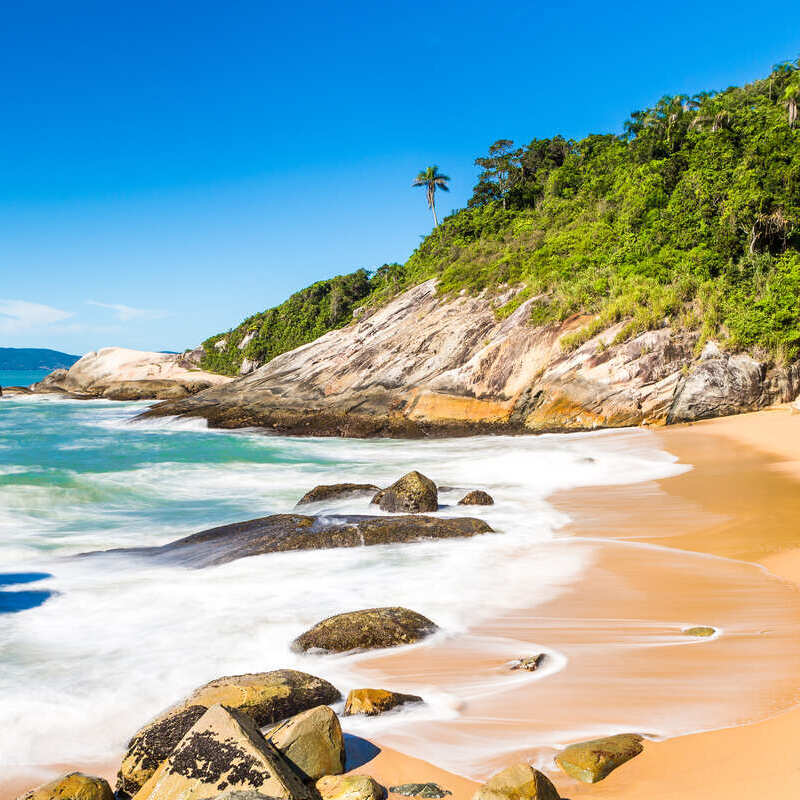

German Heritage In… Brazil?
A testament to the state’s German origins, the Sulista Oktoberfest takes place every year in October, mimicking Germany’s own traditional fest.
During this time, the streets of Porto Alegre and surrounding provinces are stormed by German descendants wearing traditional attire and brandishing their craft beer buckets. However, the best destination for immersing yourself in Gaucho culture is the much smaller Gramado.
A stunning German-inspired town that would not look out of place in Bavaria, it has a landmark cathedral, tree-lined, winding streets bordered by half-timbered houses, and even an indoor ski station.
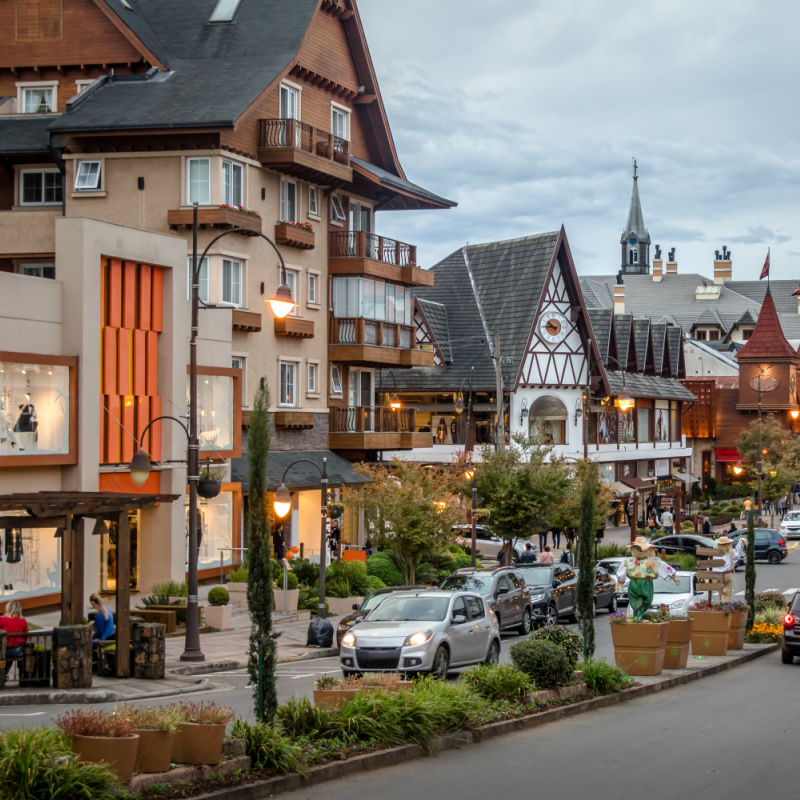

In July, at the peak of Brazilian winter, it even sees snow settle occasionally, making it one of the country’s most unique cultural spots.
If you’re willing to go deeper into the German-Brazilian hinterland, Nova Petropolis is a high-altitude town you shouldn’t miss.
Called the ‘Most German City of Brazil’, it is one of those rare places you shouldn’t be surprised that Pomeranian-German is as widely spoken as Portuguese.
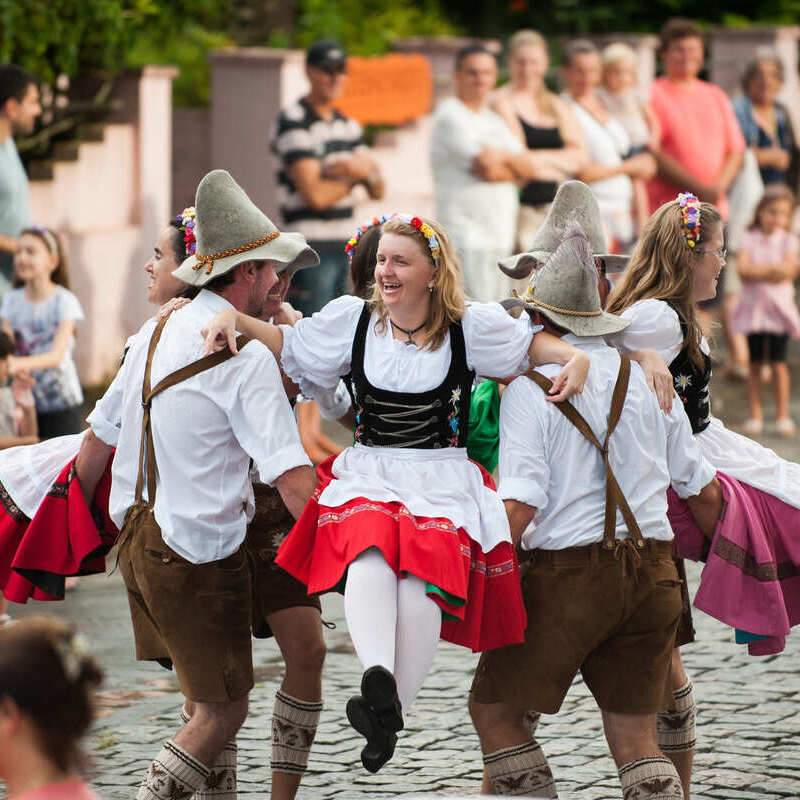

A Nomad-Friendly City
Besides the stunning nature and cultural offer, Porto Alegre has a plethora of work-friendly cafes and restaurants and coworking offices for nomads to pick from.
The Co.nectar Hub is one of the best equipped, with as many as 30 workstations, on the 15th floor of the historic building of Correios, in the Old Town.
Casa Conecta is a remote work endeavor nestled in the more residential Santana neighborhood, aiming to provide visitors with a more homely, less serious feel.


Zallpy Hub, on the other hand, is the more sociable option, with over 200 seats, conference rooms and game rooms, and common spaces designed to promote interaction.
That’s only three out of 21 known coworking areas in the wider Porto Alegre metropolitan region.
‘POA’ Is Affordable
Another reason why POA, as it is affectionately called by locals, is rising in popularity with nomads is its affordability.


In case you were not aware, the Brazilian Real is severely devalued against the U.S. dollar, meaning your hard-earned money will stretch a lot further in Porto Alegre, as consumer prices are not as high compared to overtouristed Rio or Sao Paulo, and the cost of living is comparatively lower.
It has an ‘okay’ Quality of Life score on NomadList, the number one platform for digital nomads, and remote workers are estimated to spend US$1,471 monthly living in the city, making it one of the most affordable destinations not only in Brazil, but the whole of LatAm.
Meanwhile, they are expected to budget as much as US$2,404 for a month-long stay in Rio and an equally-high US$2,073 in Sao Paulo without the same infrastructure.


Porto Alegre Is Relatively Safe
Additionally, Porto Alegre is relatively safe.
Crime has been on the up, as is the case with most Brazilian urban centers, but as long as they take the usual precautions – avoiding flashing expensive items in public, leaving bags unattended, and sticking to commercial, touristy zones – foreigners are able to stay out of trouble.
Inland, smaller towns like Gramado are generally much safer.
Most Nomads Can Stay In Brazil For 6 Months Visa-Free
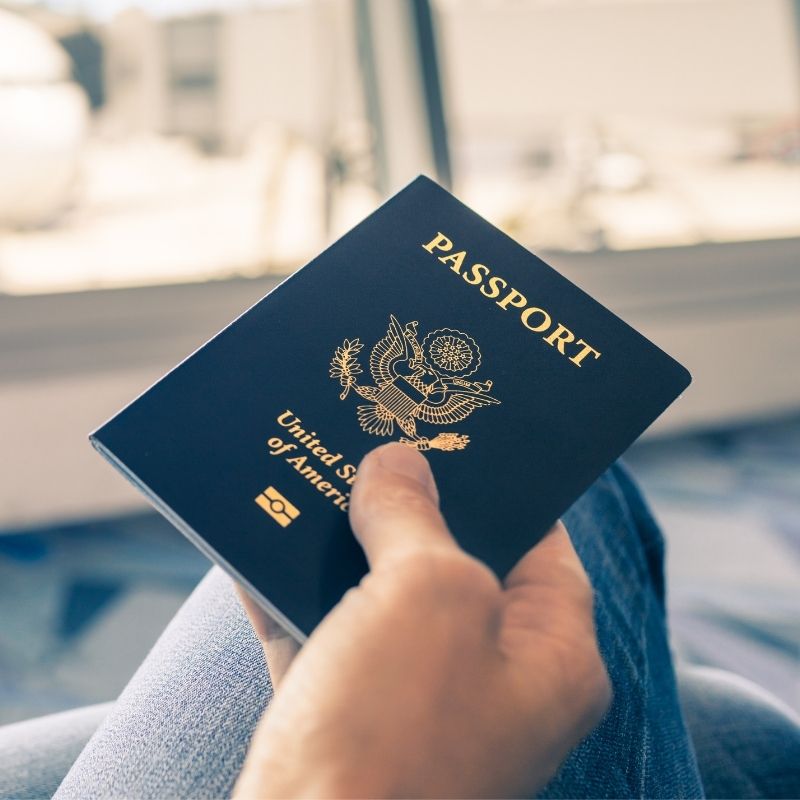

Most tourists, including European Union nationals and Brits, can stay in Brazil for an initial 3 months as visitors without applying for a permit in advance.
This initial period can be extended for a further 3 months, totalling a 6-month stay, while they are inside Brazil, and prior to the expiry of the original visa.
Americans and Canadians can also currently enter Brazil and stay long-term visa-free, though this will change once new visa requirements come into play in early 2024.
If you intend on staying in Brazil for more than three or six months as a digital nomad, you will need to apply for the Brazilian Digital Nomad Visa, which will then grant you the right to reside in the national territory for up to two years.
↓ Join Our Community ↓
The Travel Off Path Community FB group has all the latest travel news, conversations, and Q&A’s happening daily!


SUBSCRIBE TO OUR LATEST POSTS
Enter your email address to subscribe to Travel Off Path’s latest breaking travel news, straight to your inbox.
This article originally appeared on TravelOffPath.com
Opinions expressed here are the author’s alone, not those of any bank, credit card issuer, hotel, airline, or other entity. This content has not been reviewed, approved or otherwise endorsed by any of the entities included within the post.



